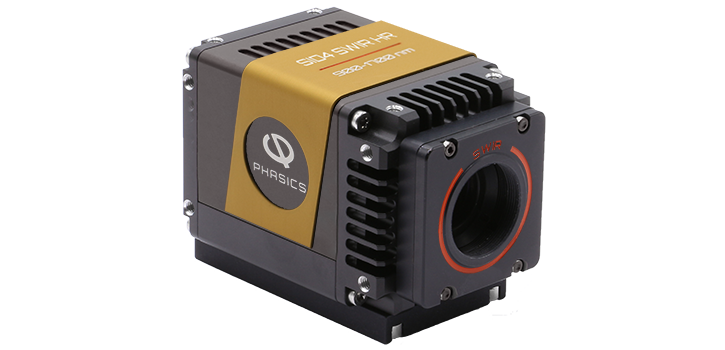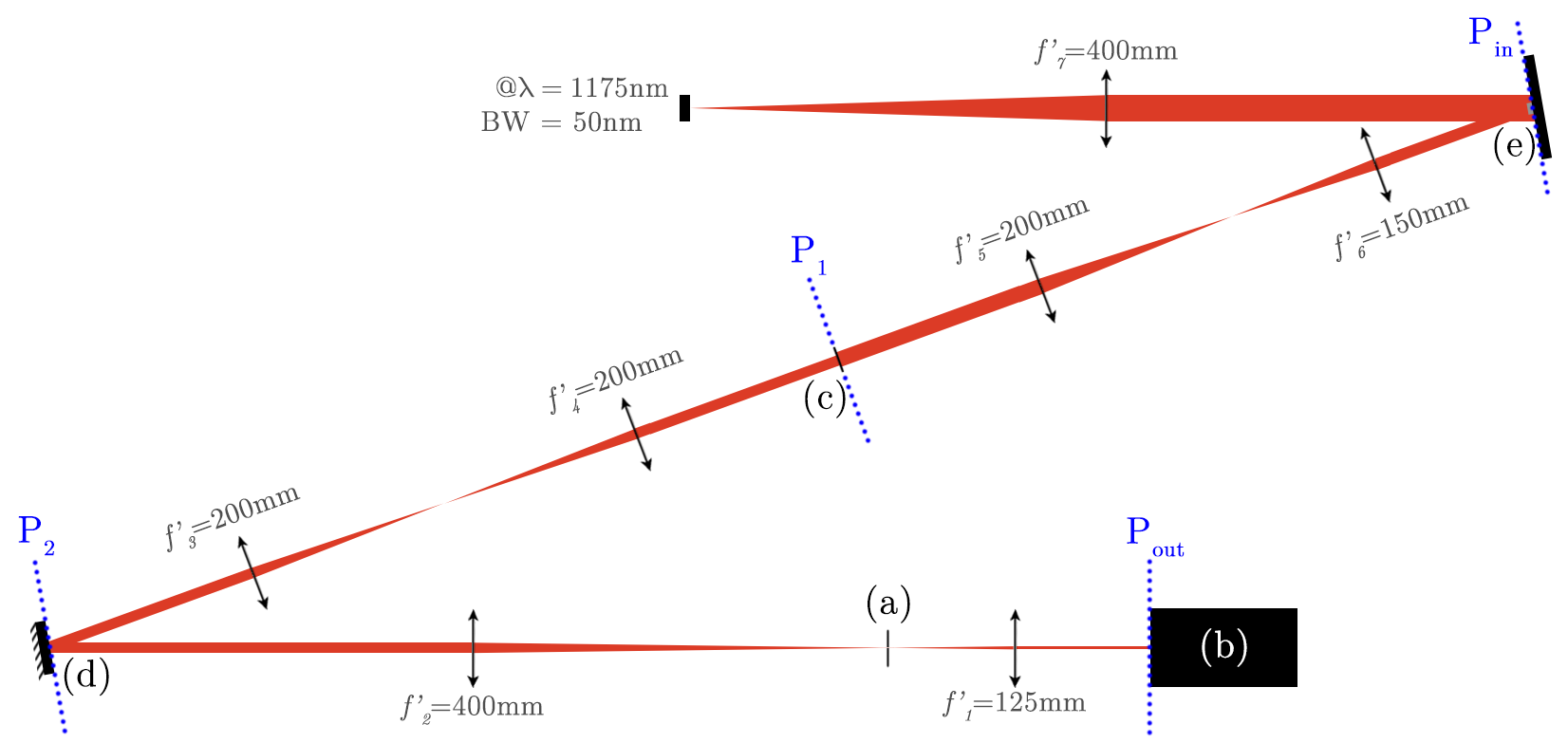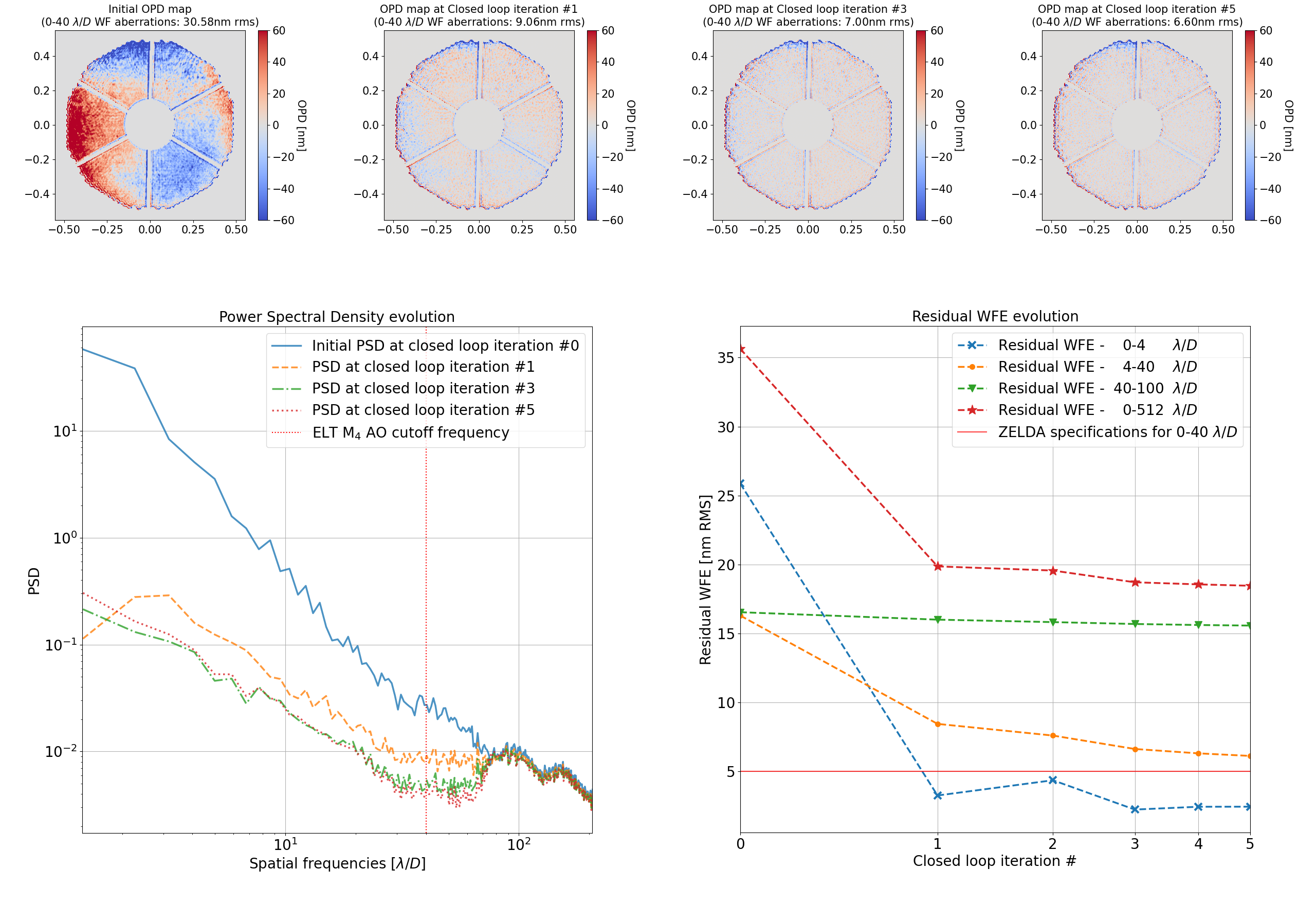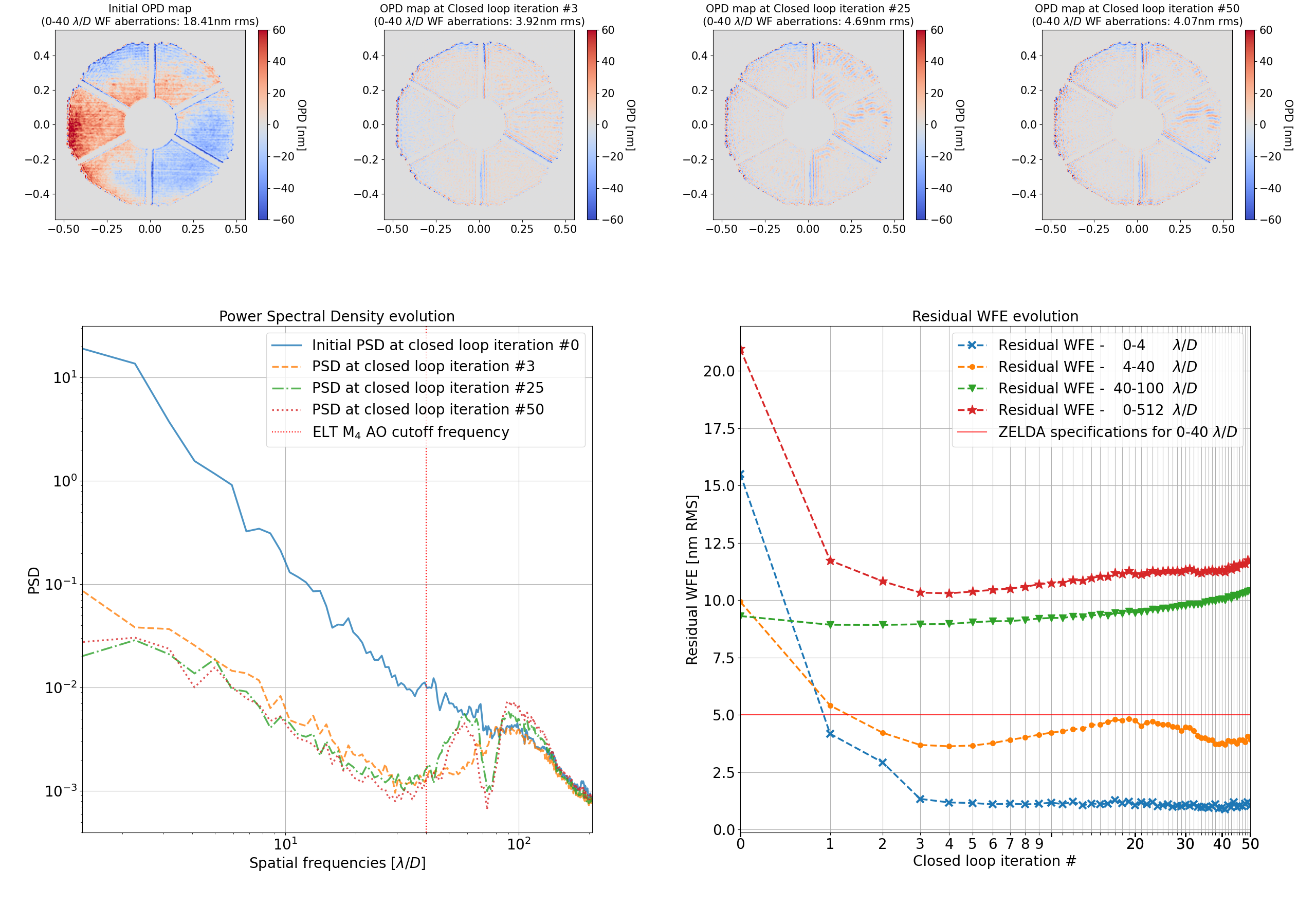Phasics
- Wavefront, MTF and QPI measurement solutions
- Products
- Applications
- Markets
- Company
- Contact us

May 23, 2025
The European Extremely Large Telescope (ELT), currently under construction in Chile, will be the largest ground-based telescope in the world. Its first-light instrument, HARMONI (High Angular Resolution Monolithic Optical and Near-infrared Integral field spectrograph), is designed to support a broad range of science programs, especially the direct imaging of exoplanets that are up to a million times fainter than their host stars.

Figure 1: ELT European extremely large telescope,courtesy of ESO/G.Vecchia
Although many exoplanets have been discovered through transit or radial velocity methods, detailed atmospheric analysis still relies on direct imaging. This is extremely challenging: the planet's signal is often lost in the glare of its host star. Adaptive optics (AO) must correct for atmospheric turbulence and non-common path aberrations (NCPA), while coronagraphs and advanced post-processing help further isolate the planetary light.
To reach the required contrast levels, HARMONI's high-contrast module needs to reduce residual wavefront errors to below 5 nm RMS. That level of precision is only achievable with the help of a calibration system built around a reliable and accurate wavefront sensor. This level of precision can only be reached through calibration with a high-precision wavefront sensor.
Using SID4 SWIR-HR as a Calibration Benchmark
To evaluate and calibrate its internal Zernike wavefront sensor (ZELDA), the research team selected Phasics' SID4 SWIR-HR as a trusted reference. The SID4 SWIR-HR, based on Phasics’ proprietary Quadriwave Lateral Shearing Interferometry (QWLSI), provides high-resolution, high-sensitivity phase measurements in the 0.9–1.7 µm spectral range, meeting the stringent requirements of modern laser, astronomical, and optical testing environments.
Key technical highlights of the SID4 SWIR-HR include:
These features make it an ideal tool for:

Figure 2: PHASICS SID4 SWIR-HR wavefront sensor
Under controlled laboratory conditions—without turbulence or dispersion—the SID4 SWIR-HR was used to calibrate the ZELDA system. The results showed a deviation of about 3 nm RMS between ZELDA’s reconstructed phase maps and the SID4 SWIR-HR reference, which was attributed not to either sensor, but to a minor imperfection in the mirror used to switch between them. This validated the sensor's accuracy and repeatability for optical characterization tasks.
Experimental Setup and Loop Performance
The experimental testbench built to simulate HARMONI conditions includes a ZELDA phase mask mounted on a motorized 3-axis stage, a scaled ELT pupil replica, a detector, a spatial light modulator (SLM), and a prism introducing 1.53 λ/D of dispersion.

Figure 3: The experimental testbench to replicate HARMONI expected typical conditions. Image source: “HARMONI at ELT: A Zernike wavefront sensor for the high-contrast module – Testbed results with realistic observation conditions” (SPIE Proceedings, 2022)
Throughout the calibration process, the SID4 SWIR-HR served as a stable phase reference for validating loop performance and diagnosing system deviations.
When running in closed-loop control, ZELDA's phase correction converged to ~10 nm RMS across all spatial frequencies and 5.59 nm RMS in the critical 0–40 λ/D range.

Figure 4: Evolution of the ZELDA signature, wavefront error residuals and PSD when closing a loop in the ideal case (neither dispersion nor AO residuals). Image source: “HARMONI at ELT: A Zernike wavefront sensor for the high-contrast module – Testbed results with realistic observation conditions” (SPIE Proceedings, 2022)
Notably, ZELDA exhibited a consistent wavefront value factor of 1.4–1.5 in closed-loop mode. This optical gain issue did not appear during calibration with the Phasics sensor, which pointed to potential sources like microturbulence near the optical mask or mechanical drift in the SLM. This divergence once again underscored the SID4 SWIR-HR's role in offering a stable, trustworthy baseline.
Response to Atmospheric Dispersion and Turbulence
Subsequent tests introduced atmospheric dispersion and AO residuals(figure 5 and figure 6). The loop failed to converge when dispersion was uncorrected but stabilized when it was calibrated—confirming the importance of robust compensation. In these complex scenarios, the Phasics sensor maintained its role as the consistent reference, enabling the researchers to isolate and quantify the effects of dynamic perturbations.

Figure 5: Evolution of the ZELDA signature, wavefront error residuals and PSD when closing a loop without calibrating the dispersion effect.Image source: “HARMONI at ELT: A Zernike wavefront sensor for the high-contrast module – Testbed results with realistic observation conditions” (SPIE Proceedings, 2022)

Figure 6: Evolution of the ZELDA signature, wavefront error residuals and PSD when closing a loop by calibrating the dispersion effect.Image source: “HARMONI at ELT: A Zernike wavefront sensor for the high-contrast module – Testbed results with realistic observation conditions” (SPIE Proceedings, 2022)
ZELDA was the central subject of this study, and its performance evaluation was supported by the stability and precision of the SID4 SWIR-HR. Serving as both a calibration reference and a diagnostic tool, the Phasics sensor enabled reliable wavefront measurements across all testing phases. Its consistent performance helped researchers assess system behavior and validate stability under increasingly realistic observational conditions.
Phasics' SID4 SWIR-HR thus proved to be a robust asset in high-precision SWIR wavefront sensing, contributing to the overall reliability of the HARMONI instrument.
We extend our appreciation to the HARMONI team for their contribution to advancing astronomical wavefront sensing. Phasics remains committed to supporting major observatories and research centers worldwide and continues to push the frontiers of adaptive optics, ultrafast photonics, and exoplanet detection.
Curious how Phasics technology can benefit your high-contrast imaging or high-power optical system? Learn more about the SID4 SWIR-HR and its use in optics manufacturing, laser diagnostics, and advanced instrumentation here .
Reference:
HARMONI at ELT: A Zernike wavefront sensor for the high-contrast module – Testbed results with realistic observation conditions” (SPIE Proceedings, 2022)
